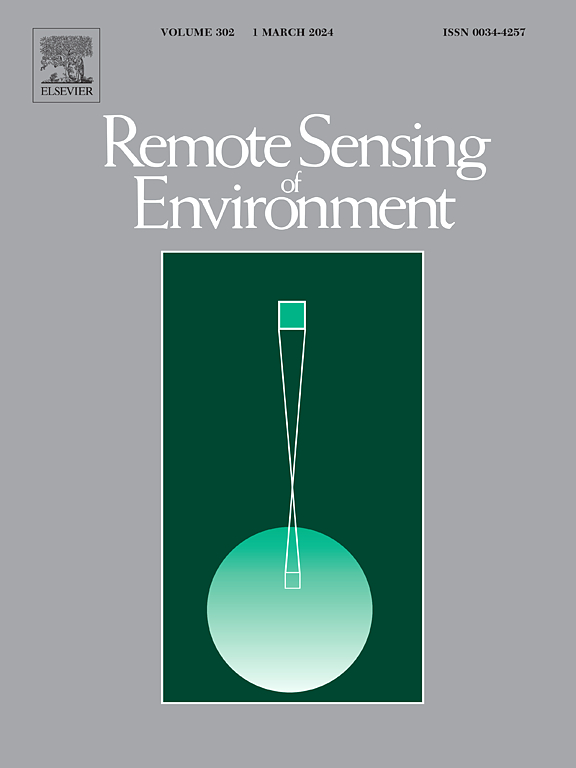Measuring marine hydrodynamics from space using planet satellite imagery
IF 11.1
1区 地球科学
Q1 ENVIRONMENTAL SCIENCES
引用次数: 0
Abstract
The inference of coastal ocean dynamics from consecutive remote sensing images plays a central role in a diverse range of domains such as marine conservation, spatial planning, as well as flood risk. We present a methodology for systematically identifying spatially overlapping image pairs from the PlanetScope archive, with order minute scale time lags and the potential for velocity field inference using classical algorithms. This ability is demonstrated through the novel estimation of submesoscale eddies from PlanetScope image pairs in a range of contexts, providing a key novelty in this paper. These include sea ice floes in the Siberian Sea of Okhotsk, a cyanobacterial bloom in the Baltic Sea, and suspended sediment in the Port of Al-Fao located in the Arabian/Persian Gulf. Additionally, comparison of the latter with coinciding velocity fields from a Delft3D Flexible Mesh (FM) numerical model simulation shows good quantitative agreement in regions with high suspended sediment concentration. We successfully develop a workflow pipeline for identifying and processing image pairs from these opportunistic overlaps, unlocking a new large-scale source of coastal ocean surface velocity data to be used alongside modelling frameworks.
求助全文
约1分钟内获得全文
求助全文
来源期刊

Remote Sensing of Environment
环境科学-成像科学与照相技术
CiteScore
25.10
自引率
8.90%
发文量
455
审稿时长
53 days
期刊介绍:
Remote Sensing of Environment (RSE) serves the Earth observation community by disseminating results on the theory, science, applications, and technology that contribute to advancing the field of remote sensing. With a thoroughly interdisciplinary approach, RSE encompasses terrestrial, oceanic, and atmospheric sensing.
The journal emphasizes biophysical and quantitative approaches to remote sensing at local to global scales, covering a diverse range of applications and techniques.
RSE serves as a vital platform for the exchange of knowledge and advancements in the dynamic field of remote sensing.
 求助内容:
求助内容: 应助结果提醒方式:
应助结果提醒方式:


